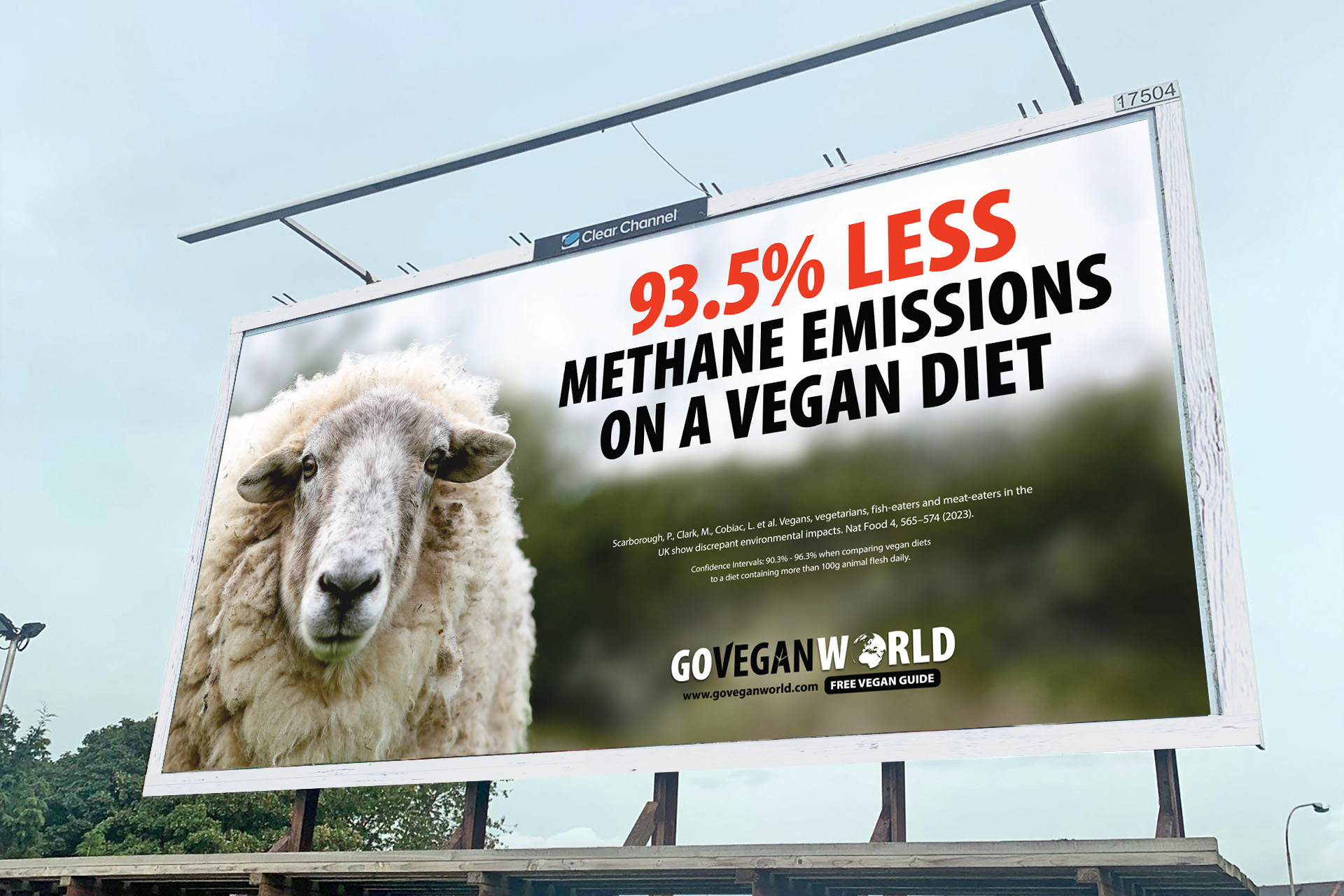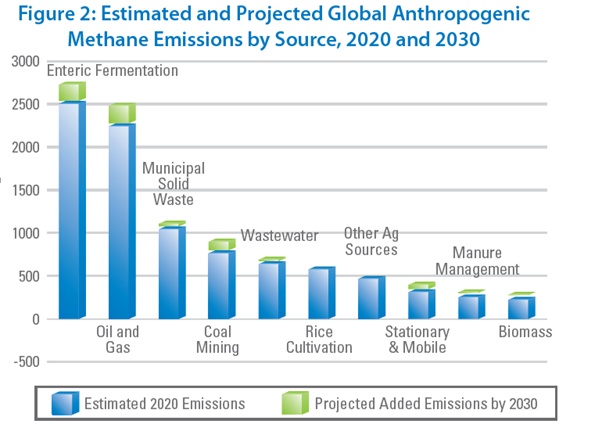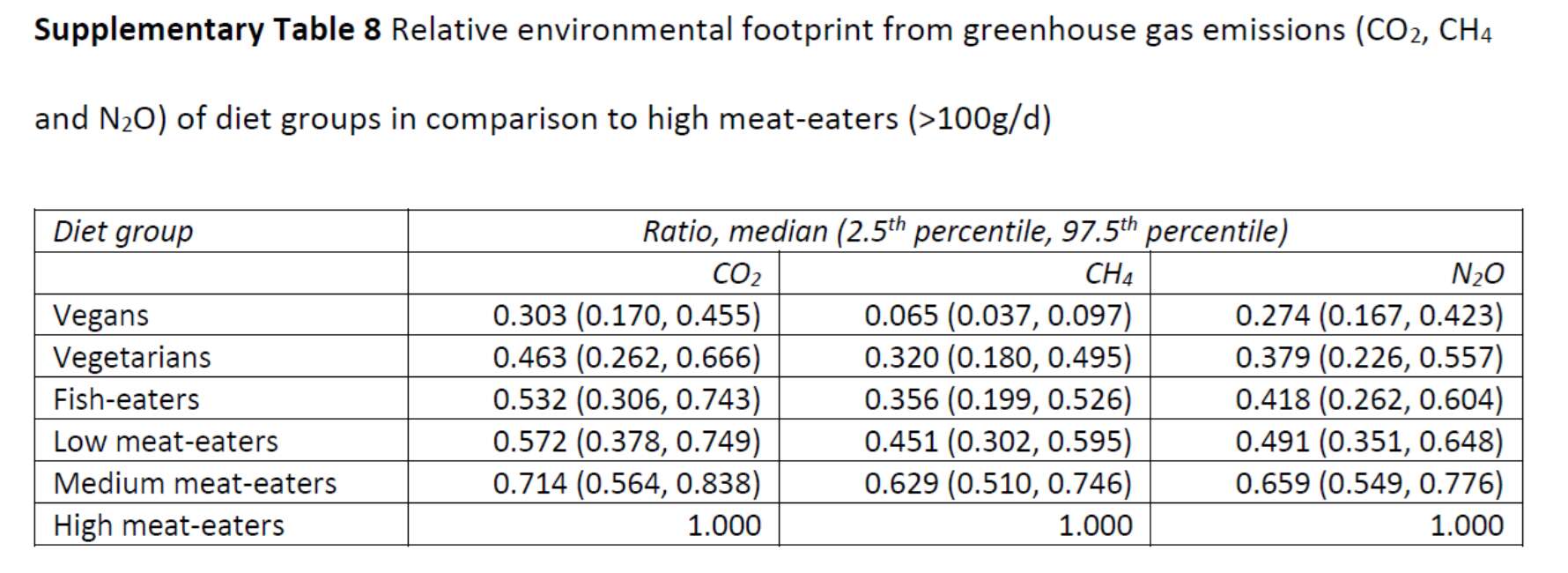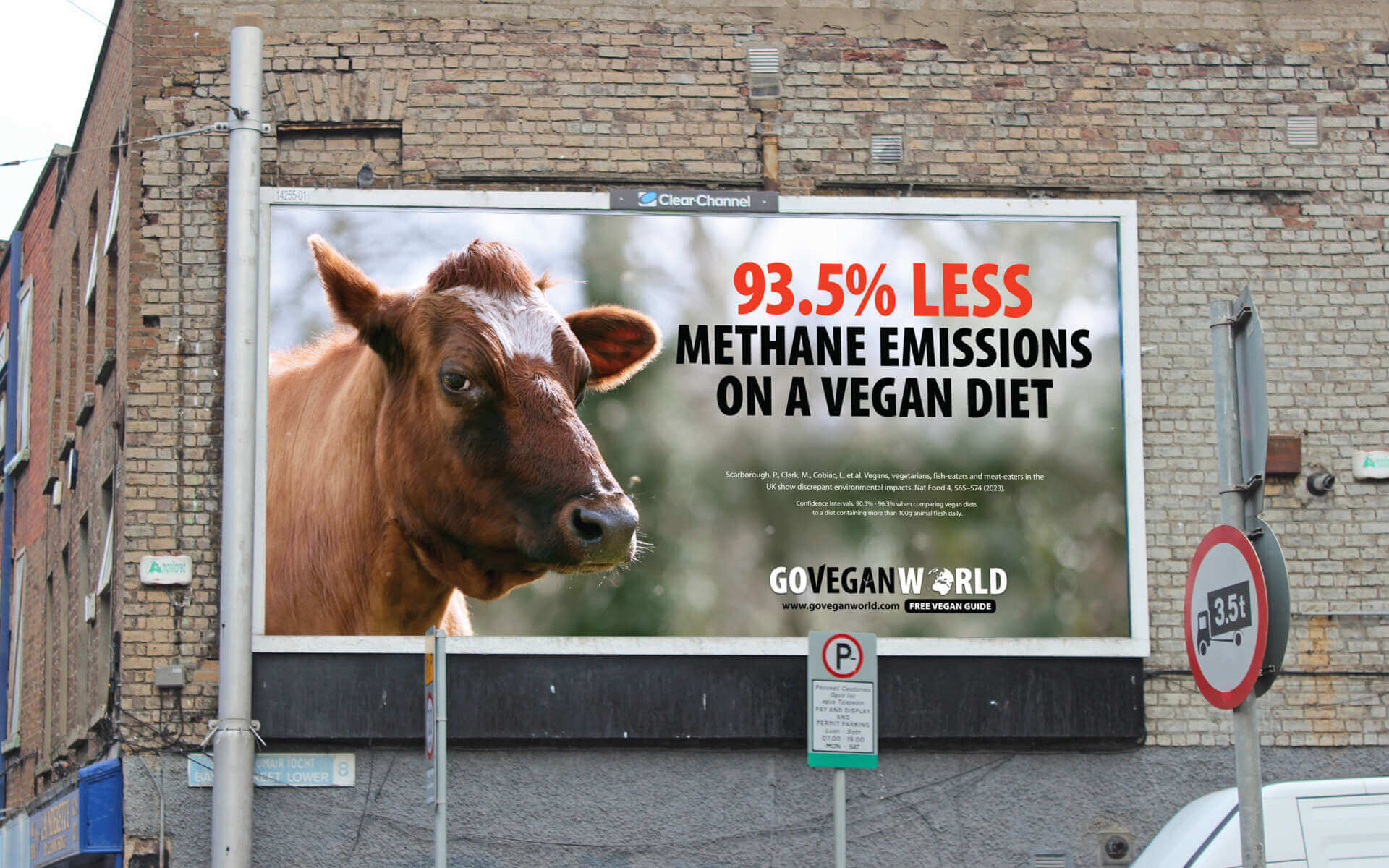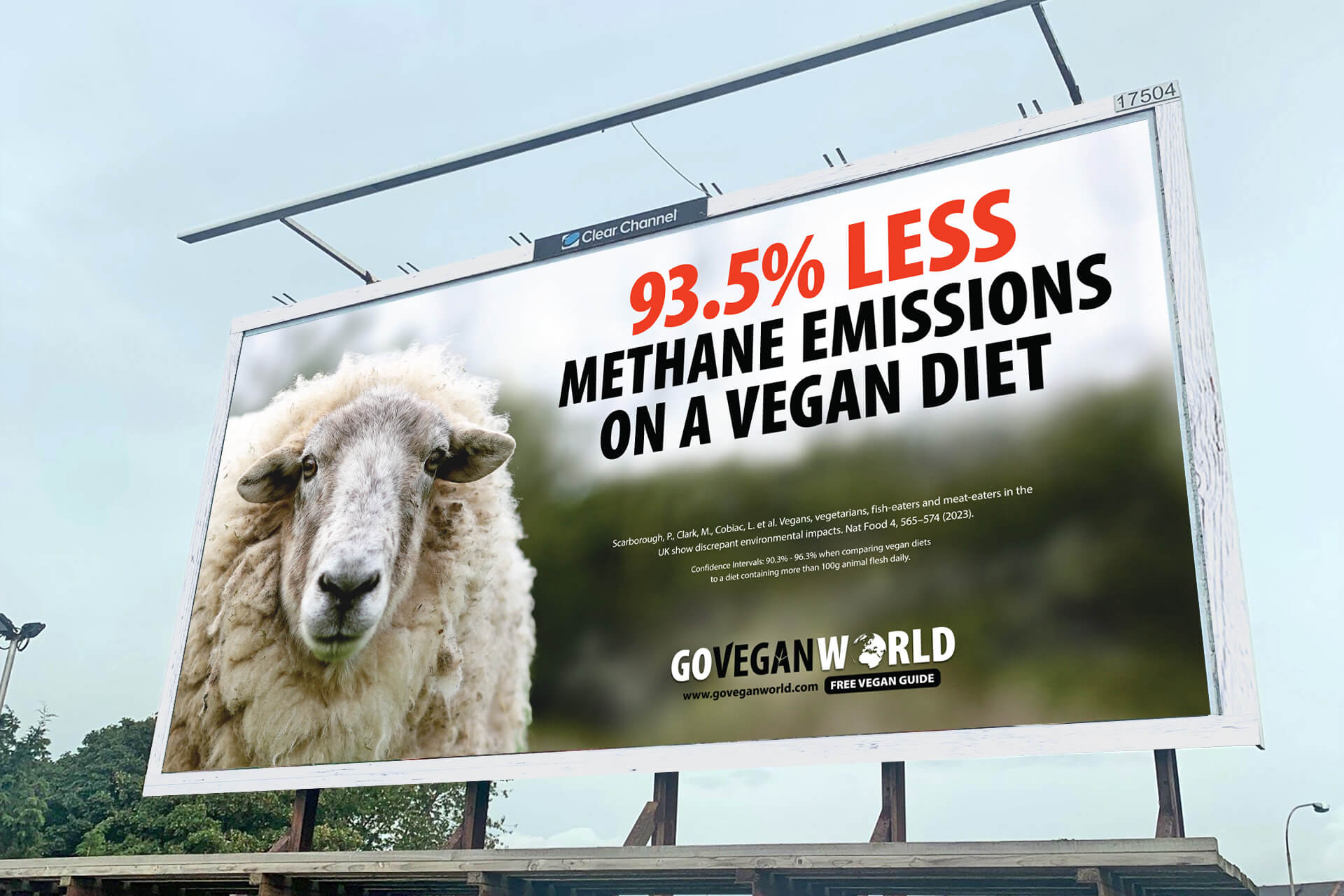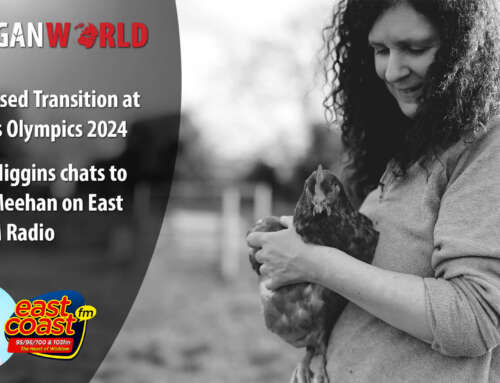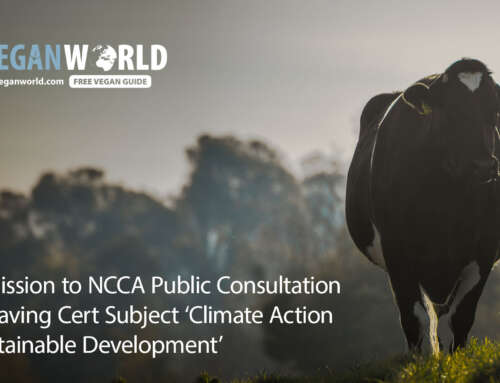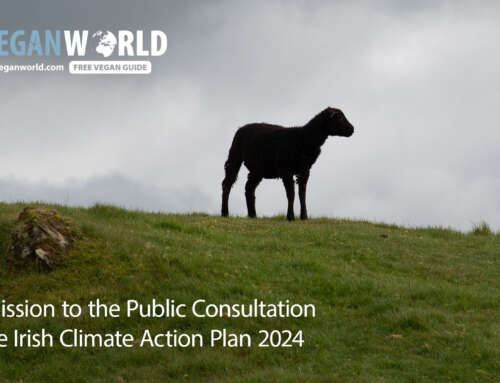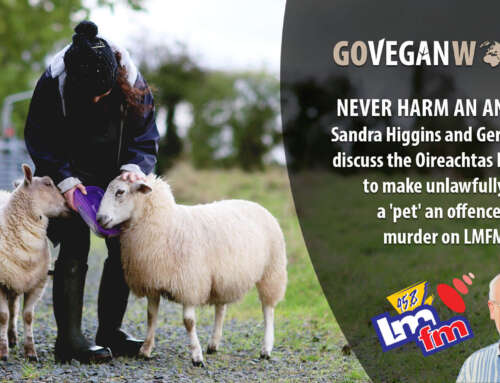1st January 2024
What is Methane and Why is it Important?
Methane is a greenhouse gas (like CO2) that has the potential to trap heat in the atmosphere. It accounts for about 20% of global emissions. Although it is not as abundant as carbon dioxide (CO2), and it doesn’t last as long in the atmosphere when released, lasting only about 12 years in comparison to CO2 which can last from one hundred to a thousand years, it is significantly more potent over its lifetime in trapping heat than CO2. Its global warming potential is thought to be 28 to 34 times greater. In fact, some reports estimate it to be 80 times greater when measured over twenty years.
It is not difficult to see why targeting methane emissions is essential to prevent us reaching a tipping point. Cutting methane emissions will yield results more quickly than focusing on carbon reduction. However, as is often the case, it is under-represented in discourse on climate change. The focus is usually on reducing CO2 emissions without attention to one’s methane footprint.
The Global Methane Pledge was launched at COP 26 in November 2021 in recognition of the fact that unless we address methane emissions, we will not be able to keep temperature increases under control. Its members include the countries that are most responsible for methane emissions through human activity. By joining the Pledge, they commit to work together in order to collectively reduce methane emissions by at least 30% below 2020 levels by 2030.
“Achieving the GMP goal of cutting anthropogenic methane emissions at least 30% by 2030 from 2020 levels is the fastest way to reduce near-term warming and is essential to keep a 1.5°C temperature limit within reach. Methane contributes 30% of current warming and is a precursor of tropospheric ozone, a powerful greenhouse gas and air pollutant that causes hundreds of thousands of deaths and hundreds of millions of tons of crop losses each year. Rapidly reducing methane emissions advances global climate, health, food security, and energy security objectives simultaneously.” – European Commission on Energy, Climate Change and the Environment, 2023).
Targeting methane emissions involves understanding where those emissions come from.
“Methane Footprint”
The Global Methane Budget suggests that 40% of emissions are from natural sources and 60% from human activity. The concentration of methane in the atmosphere is two and a half times greater than pre-industrial levels.
What aspects of our human behaviour are causing such high emissions?
According to the United Nations Environment Programme (UNEP) Global Methane Assessment (GMA) Report (2021), more than half of global methane emissions stem from human activities in three sectors: fossil fuels (35 per cent of human-caused emissions), waste (20 per cent) and agriculture (40 per cent). In the fossil fuel sector, oil and gas extraction, processing and distribution account for 23 per cent, and coal mining accounts for 12 per cent of emissions. In the waste sector, landfills and wastewater make up about 20 per cent of global anthropogenic emissions. In the agricultural sector, livestock emissions from manure and enteric fermentation represent roughly 32 per cent
Although emissions from the production of rice are significant, within the agriculture sector, the human behaviour that is causing the most significant levels of emissions is the consumption of animal products. As long as we consume animal products, farmers will meet our demand for them by breeding and killing the animals whose flesh and dairy we consume. The production of these flesh and dairy products, primarily from sheep and cows, through the processes of enteric fermentation and manure management, account for the highest (32%) levels of methane emissions.
This is why the most significant driver of climate change is what we eat (UNEP Climate Action, 2021).
Agricultural methane emissions have increased by 17.5% since 1990; in contrast CO2 emissions have increased by 10%. It is easy to see where our climate change goals should focus, not least because emissions are not the only issue with the production and consumption of animal products.
Source: Global Methane Emissions Factsheet
Accountability and Action to Reduce Methane Emissions
In 2021, the Global Methane Pledge was adopted at COP 26. It is an initiative to reduce global methane emissions by 30 percent by 2030. This is a significant step in addressing climate change by targeting methane. However, despite the fact that the largest contributor is animal agriculture, this sector is given very little attention. It is obvious that human behavioural change such as reducing food waste and eating a plant-based diet, is crucial for methane reduction.
Ireland was one of the signatories of the Global Methane Pledge but Taoiseach Micheal Martin, upon his return from COP, immediately declared that Ireland would not be setting out to achieve this target. It is clear from backtracking like this how strong the lobbying against climate action is in Ireland from agri-lobbyists.
Even on those occasions when it is acknowledged that animal agriculture is responsible for a significant proportion of GHG emissions, and of methane in particular, reduction measures focus on ways of conducting business as usual. For example, methane harvesters which are expensive, changing the diet of the ruminant animals who are exploited and killed by the industry, and on selectively breeding them to produce more animal products so fewer animals are farmed to give the same amount of flesh and dairy. We can only imagine the effects that these measures have on the individuals used as food. Metabolic syndrome and other health issues are readily acknowledged by an industry that prioritises profit over the rights and wellbeing of other animals. Right now, the technological methods purported by the industry to address emissions such as selective breeding, methane harvesters and diet change, all fail to tackle the problem at its roots. Using other animals as food remains inefficient, immoral, and environmentally destructive. The obvious solution is to instigate immediate measures to encourage the transition to a plant-based diet and support farmers to end animal agriculture.
The (UNEP) Global Methane Assessment report analyses sources of methane emissions and includes reduction measures for each methane emitting sector. It includes a section on plant-based diets as a reduction measure.
There has been a shift over the years from ignoring and under-representing the role of animal agriculture in climate change and environmental destruction, to a reluctant acknowledgement that business as usual is the root of the problem and a transition to plant-based production and consumption is an essential component of the solution.
The IPCC’s 2019 report on climate change and land found that up to 37% of greenhouse gas emissions come from agriculture and food production, most of them from animal agriculture. The report found that more people could be fed using less land if people moved towards a plant-based diet.
The landmark EAT Lancet report stated that a radical reduction in the consumption of animal products is necessary to avoid potentially catastrophic damage to the planet.
It was followed by a report in the journal Nature that estimated that enormous reductions in the consumption of animal products in wealthy nations are required to avert climate catastrophe (90% in the case of animal flesh). These reductions are so high that it would be easier to give a clear message for people to adopt a 100% plant diet. When we are discussing the effects of cigarettes on human health, such reductions are never suggested: a very clear message of no smoking is given out of respect for the individual right to accurate information and a healthy life.
At the recent COP 28, it was reported that plant-based options were included in the conference menu and an entire day was devoted to discussion of food systems. This was met by resistance from the animal agriculture industry and the agreed report was much weaker than it should have been as a result.
Although progress is slower than it needs to be, the metaphorical wool is being pulled from peoples’ eyes and the many disadvantages of animal agriculture are becoming clearer than ever. Let’s hope that the recent finding by the Advertising Standards Authority in Ireland (ASAI) on dairy advertising, is a sign of the times. The Irish National Dairy Council (NDC)’s advertisements claiming that Irish dairy is environmentally friendly, was found to be ‘greenwashing’ and in breach of the Advertising Standards on several grounds including being Misleading, Failure to Substantiate, and Exploiting the credulity, inexperience and/or lack of knowledge of consumers.
Methods of Calculating Methane Emissions
Given its relative complexity, not surprisingly, the science of methane emissions measurement has attracted the attention of methane-emitting industries. The animal agriculture industry lobbies consistently in favour of using those methods that cause the least possible damage to its reputation. A report released by the Changing Markets Foundation at the end of last year, shows how alternative methane emissions measurement known as GWP* (GWP Star) would allow meat and dairy companies to report significantly lower or even negative greenhouse gas emissions, without reducing the number of animals used in farm operations.
“Efforts to sway the emissions measurement system to greenwash the animal agriculture industry have taken multiple routes. 16 industry groups across the UK and New Zealand, including Beef + Lamb New Zealand, and UK farming unions, have jointly urged the IPCC in 2020 to adopt GWP* for assessing warming impacts. Similarly, the European Commission’s call for input on a new methane strategy saw various agriculture sector responses debating GWP100 versus GWP*. Submissions came from several groups, such as Dairy Industry Ireland, the Irish Farmers Association and the CLEAR research institute at UC Davis, the latter having published a report for the Californian dairy industry, put together by industry-funded professor Frank Mitloehner.” – (Seeing Stars Report, Carter and Urbancic, 2023)
The Irish Context
The increasing number of dairy cows in Irish agriculture, and increased production of dairy milk, leads to more methane being released into the atmosphere.
“In Ireland, agricultural emissions decreased in the 2000s but, since 2010, policy to encourage expansion has greatly increased imports of nitrogen fertiliser and feed inputs, resulting in rapidly rising emissions of nitrous oxide from soils and methane emissions from animals. For effective climate change mitigation, steadily reducing Ireland’s relatively high non-CO₂ emissions from agriculture could greatly ease otherwise increasingly unachievable reductions solely in CO₂.” – EPA Ireland, 2020.
In Ireland, the main contributor to the CH4 trend has been the agriculture sector and in 2022 this sector accounted for 94.5% of the total CH4 emissions.
Source: EPA Ireland, Climate Change, GHG Emissions Summary by Gas.
What We Eat Matters
In 2023, a peer reviewed study led by Peter Scarborough at Oxford university, analysed the diets of 55000 vegans, vegetarians, fish-eaters, and flesh-eaters in the United Kingdom. It used data from 38,000 farms in 119 countries. The results showed that, in comparison to diets containing greater than 100g animal flesh per day, vegan diets (i.e. plant diets containing no animal products) cut methane emissions by 93.5% (confidence intervals 90.3% – 96.3%, Supplementary table 8).
Source: Supplementary Information, Scarborough, P., Clark, M., Cobiac, L. et al. Vegans, vegetarians, fish-eaters and meat-eaters in the UK show discrepant environmental impacts. Nat Food 4, 565–574 (2023). https://doi.org/10.1038/s43016-023-00795-w
Animal agriculture is the largest emitter of methane, a greenhouse gas 80 times more potent than carbon dioxide when measured over a 20-year period. Scientists say that unless swift action is taken, methane from agriculture alone will take us beyond a 1.5C rise in temperature that risks tipping the world into irreversible climate breakdown.
“When it comes to cutting emissions in the food system to prevent catastrophic climate change, methane is key. Tackling carbon dioxide (CO2) emissions has long been the focus of most climate action because CO2 accounts for 80 percent of all greenhouse gas (GHG) emissions in the U.S. and can persist in the atmosphere for hundreds—or even thousands—of years. In contrast, methane makes up only about 10 percent of GHG emissions in the U.S. (and 20 percent globally) and only sticks around for about a decade.
However, its global warming potential is an estimated 25–35 times greater than CO2 over a 100-year period, and methane concentration in the atmosphere has been increasing rapidly since 2007, much faster than CO2. And yet, because of its short-term lifespan, experts say cutting methane emissions now could help prevent catastrophic short-term outcomes, as we wait for more long-term investments in CO2 emissions reductions to pay off.
In other words, if we compared responses to the climate crisis to responses to a hunger crisis, cutting methane would be emergency food aid and cutting carbon dioxide would be raising wages and ending systemic racism.” – Lisa Held, 2021.
Go Vegan World’s New Year Campaign 2024
The animal agriculture industry goes to enormous lengths to hide this type of information. But members of the public are entitled to accurate information about the consequences of their choices for the future of the planet, for their personal health, and for the animals who are exploited and killed in a non-vegan world. Go Vegan World aims to bring this very important data to the public in an easily accessible way. Our ads are on billboards throughout Ireland.
References
Carter N and Urbancic, N (2023) Seeing Stars the new methane metric that could allow the meat and dairy industry to avoid climate action, Changing Markets Foundation.
Complaint against NDC claim of Irish dairy’s ‘most emissions-efficient production system’ upheld, Irish Examiner, https://www.irishexaminer.com/farming/arid-41295412.html?fbclid=IwAR2NhrUUR3N-gzISmHnRbTYNlfDq3500E2E-aLh4SsTkepB0C5IbQ7AO-yA
COP 26: Taoiseach accused of ‘cop out’ on climate pledges before ‘ink is dry’ https://www.breakingnews.ie/climate/taoiseach-accused-of-cop-out-on-cop26-commitments-before-the-ink-is-dry-1208577.html
EAT Lancet Commission Summary Report The landmark EAT Lancet report
Estimated and Projected Methane Emissions by Source 2020 and 2030 Source: Global Methane Emissions Factsheet
European Commission on Energy, Climate Change and the Environment. https://energy.ec.europa.eu/news/2023-global-methane-pledge-ministerial-decisive-action-curb-emissions-2023-12-04_en
Global Methane Budget https://www.globalcarbonproject.org/methanebudget/
Global Methane Pledge https://www.globalmethanepledge.org/
Global Methane Assessment Benefits and Costs of Mitigating Methane Emissions, UNEP (2021) https://www.unep.org/resources/report/global-methane-assessment-benefits-and-costs-mitigating-methane-emissions
GWP*: Methane, metrics and confounding science and policy, Martin Persson, (2020) https://www.tabledebates.org/blog/gwp-methane-metrics-and-confounding-science-and-policy
IPCC Special Report on Climate Change and Land https://www.ipcc.ch/2019/08/08/land-is-a-critical-resource_srccl/
The fifth report of the Intergovernmental Panel on Climate Change (IPCC) 2013, quoted in Global Methane Initiative Factsheet, https://www.globalmethane.org/about/index.aspx, Accessed 30th December 2023
Lisa Held, 2021 Methane from Agriculture is a Bit Problem, We Explain Why, Civil Eats Report 2021, https://civileats.com/2021/10/06/methane-from-agriculture-is-a-big-problem-we-explain-why/
Methane: A crucial opportunity in the climate fight, Environmental Defense Fund https://www.edf.org/climate/methane-crucial-opportunity-climate-fight (Accessed 01.01.2023)
Methane Emissions are driving Climate Change. Here’s How to Reduce Them, UNEP, Climate Action, 2021. https://www.unep.org/news-and-stories/story/methane-emissions-are-driving-climate-change-heres-how-reduce-them (Accessed 28th December 2023)
Research 352: Synthesis of Literature and Preliminary Modelling Relevant to Society-wide Scenarios for Effective Climate Change Mitigation in Ireland. Barry McMullin and Paul Price, EPA Ireland, 2020. https://www.epa.ie/publications/research/climate-change/research-352.php (Accessed 28th December 2023).
Springmann, M., Clark, M., Mason-D’Croz, D. et al. Options for keeping the food system within environmental limits. Nature 562, 519–525 (2018). https://doi.org/10.1038/s41586-018-0594-0
This Year COP 28 is Finally making its Menu Match Calls to Climate Action, https://sentientmedia.org/cop28-menu-climate-action/
van Marle-Köster E, Visser C. Unintended consequences of selection for increased production on the health and welfare of livestock. Arch Anim Breed. 2021 May 25;64(1):177-185. doi: 10.5194/aab-64-177-2021. PMID: 34109267; PMCID: PMC8182664. https://www.ncbi.nlm.nih.gov/pmc/articles/PMC8182664/
W.M Rauw, E Kanis, E.N Noordhuizen-Stassen, F.J Grommers,, Undesirable side effects of selection for high production efficiency in farm animals: a review, Livestock Production Science, Volume 56, Issue 1, 1998, Pages 15-33, ISSN 0301-6226, https://www.sciencedirect.com/science/article/abs/pii/S030162269800147X
UNEP Global Methane Assessment (GMA) Report (2021)
Methane from Agriculture is a Big Problem: We Explain Why, Lisa Held, 2021, Organic Consumers. https://organicconsumers.org/methane-agriculture-big-problem-we-explain-why/
https://www.theguardian.com/environment/2023/nov/29/plans-to-present-meat-as-sustainable-nutrition-at-cop28-revealed
Scarborough, P., Clark, M., Cobiac, L. et al. Vegans, vegetarians, fish-eaters and meat-eaters in the UK show discrepant environmental impacts. Nat Food 4, 565–574 (2023). https://doi.org/10.1038/s43016-023-00795-w

